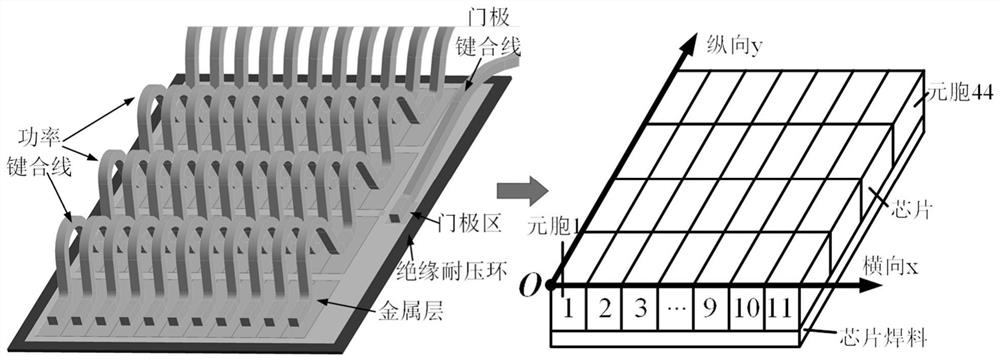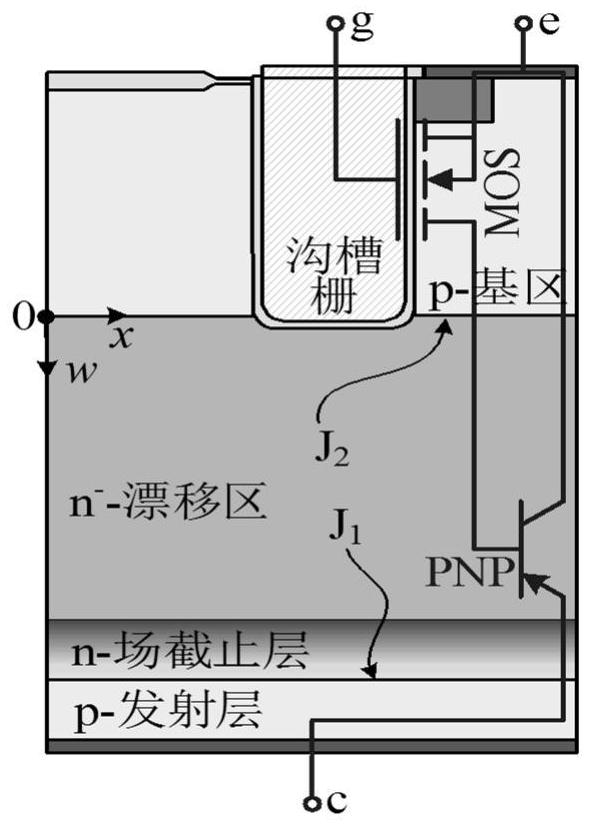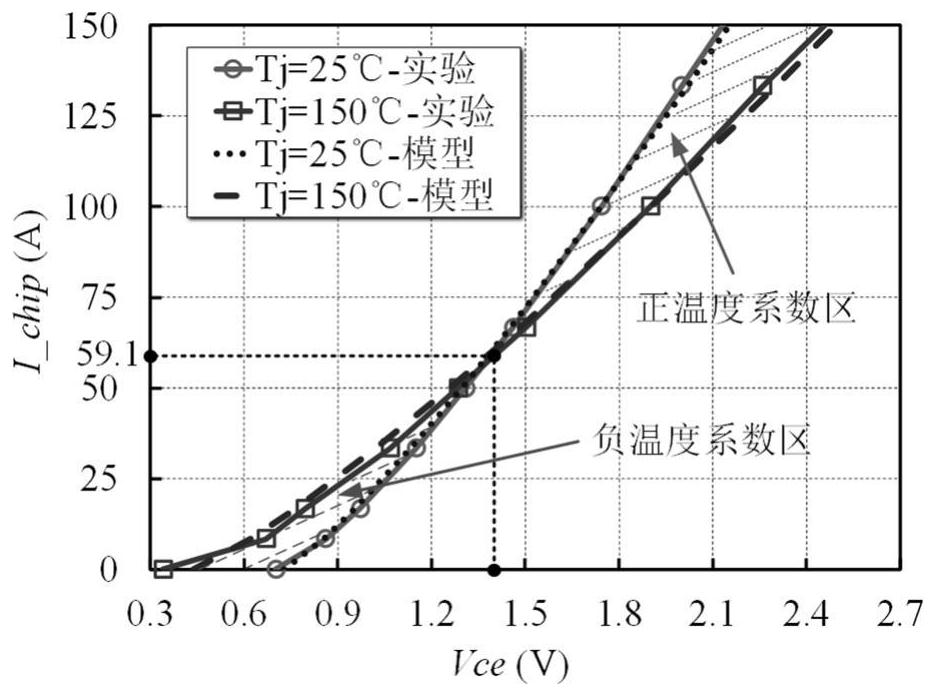A Thermoelectric Coupling Modeling Method for Power Semiconductor Chip Cells
A power semiconductor, thermoelectric coupling technology, applied in CAD numerical modeling, electrical digital data processing, instruments, etc., can solve the complex application environment of power semiconductor chips, accurate characterization of chip electrical characteristics, and the accuracy disadvantage of predicting the chip's electrical temperature field and other problems, to achieve the effect of short solution time, fast response speed, and small amount of calculation.
- Summary
- Abstract
- Description
- Claims
- Application Information
AI Technical Summary
Problems solved by technology
Method used
Image
Examples
Embodiment Construction
[0056] In order to explain the present invention in more detail, the present invention will be further described in detail below in conjunction with the accompanying drawings, taking the SEMiKron power semiconductor module SEMiX603GB12E4p as an example.
[0057] The thermoelectric coupling modeling method of the power semiconductor chip cell proposed by the present invention, the specific steps include:
[0058] S1. Based on the chip metal layer and bonding wire layout characteristics, the power semiconductor chip is divided into a multi-cell structure;
[0059] S2. Extract chip lumped parameters, and use the least squares algorithm to establish a voltage-current-temperature three-dimensional model of the power semiconductor chip;
[0060] S3. According to the characteristics of the multi-cell parallel circuit, the chip lumped parameters are converted into cell distribution parameters, and the voltage-current-temperature three-dimensional model of the power semiconductor cell ...
PUM
| Property | Measurement | Unit |
|---|---|---|
| thickness | aaaaa | aaaaa |
Abstract
Description
Claims
Application Information
 Login to View More
Login to View More - R&D
- Intellectual Property
- Life Sciences
- Materials
- Tech Scout
- Unparalleled Data Quality
- Higher Quality Content
- 60% Fewer Hallucinations
Browse by: Latest US Patents, China's latest patents, Technical Efficacy Thesaurus, Application Domain, Technology Topic, Popular Technical Reports.
© 2025 PatSnap. All rights reserved.Legal|Privacy policy|Modern Slavery Act Transparency Statement|Sitemap|About US| Contact US: help@patsnap.com



